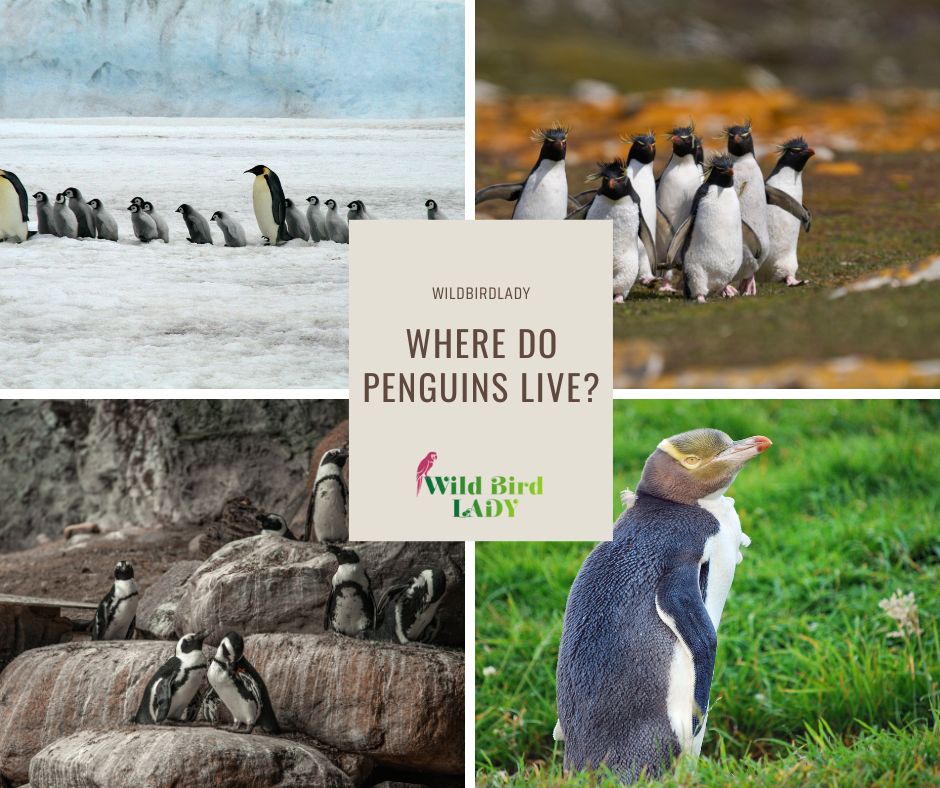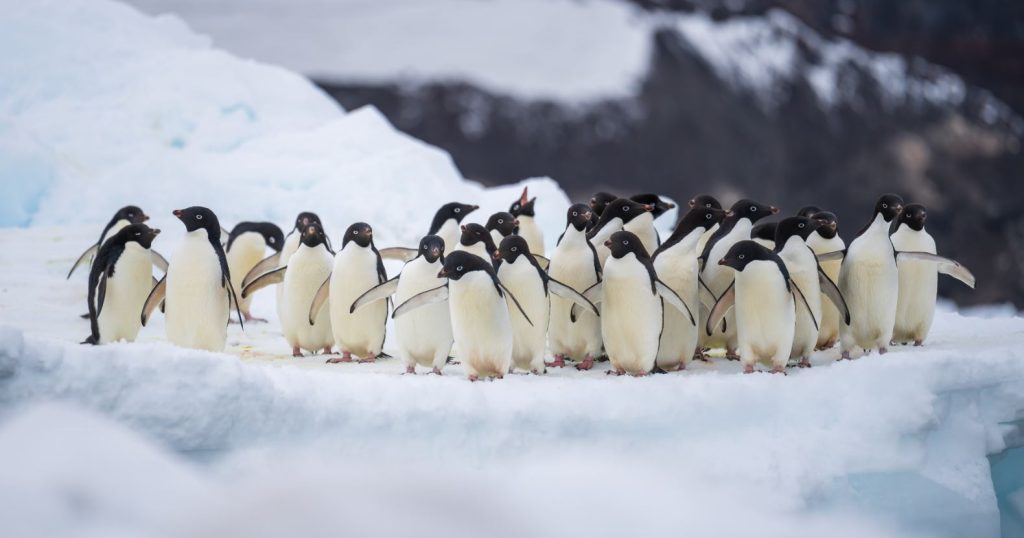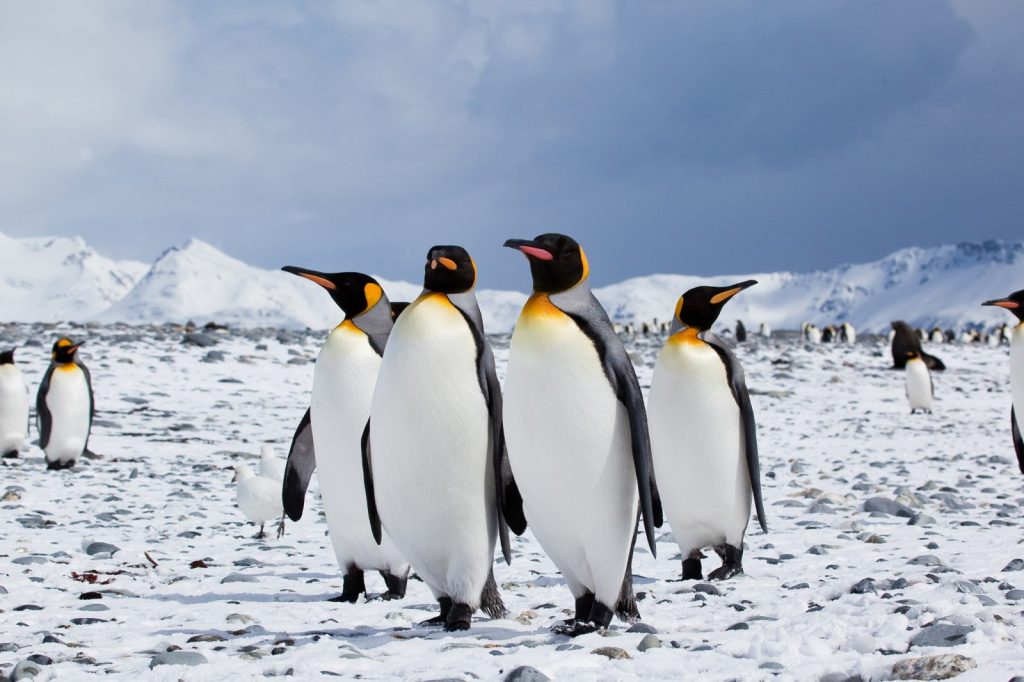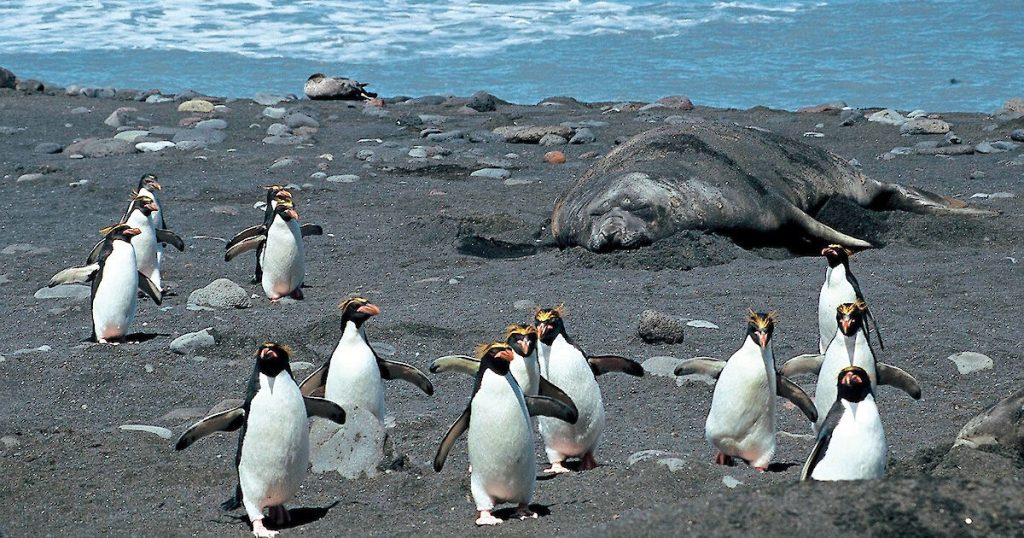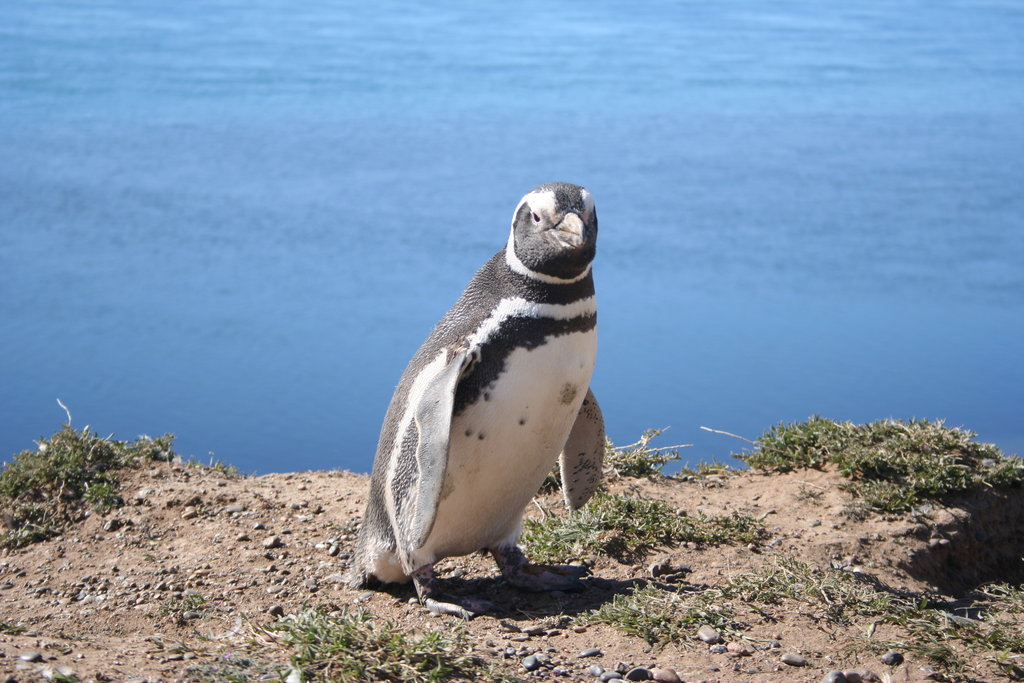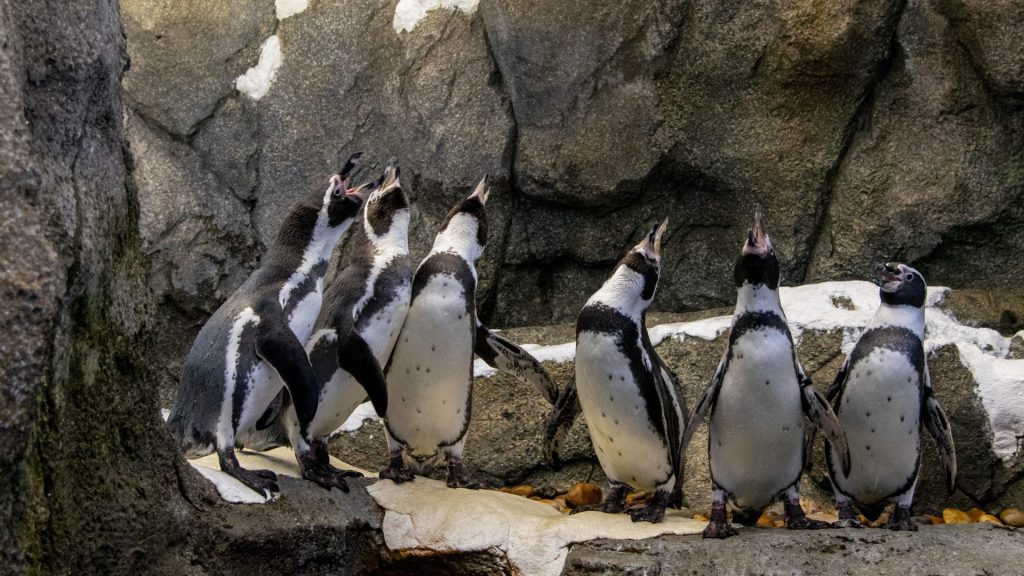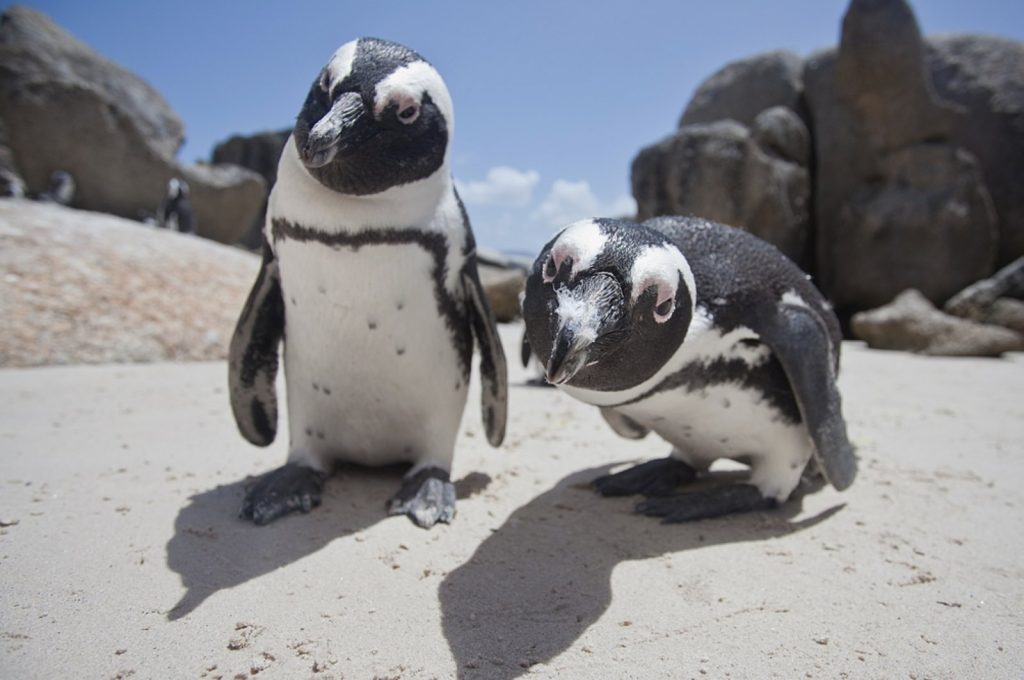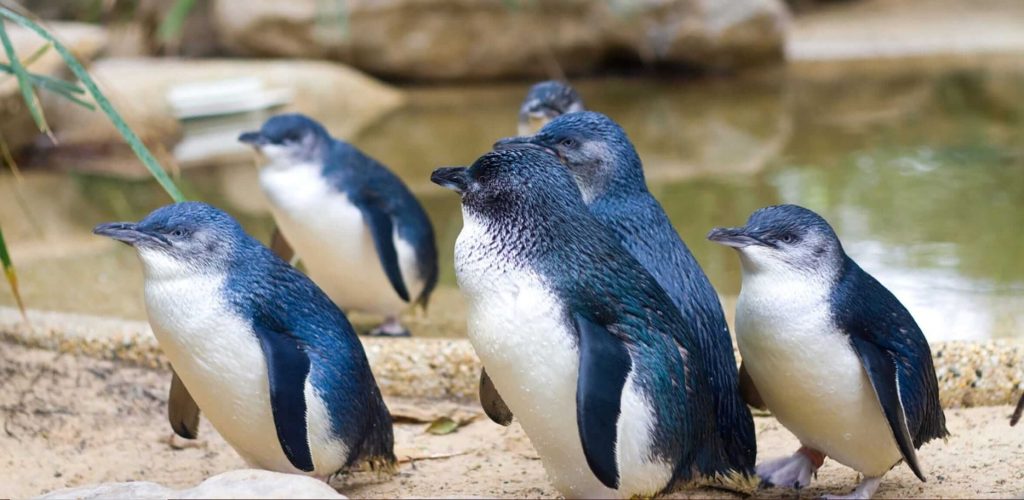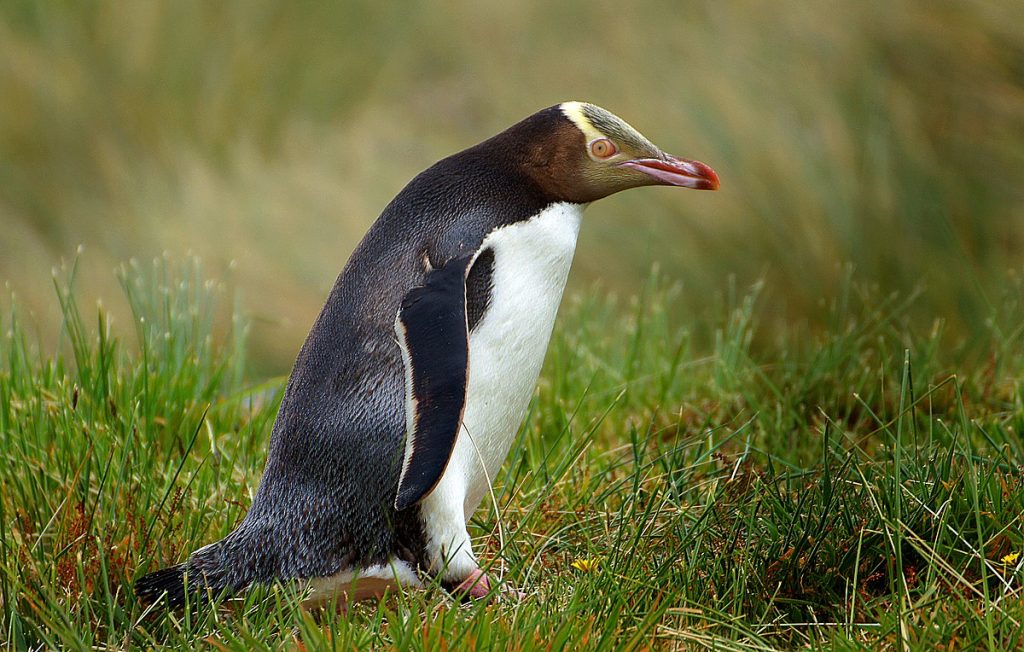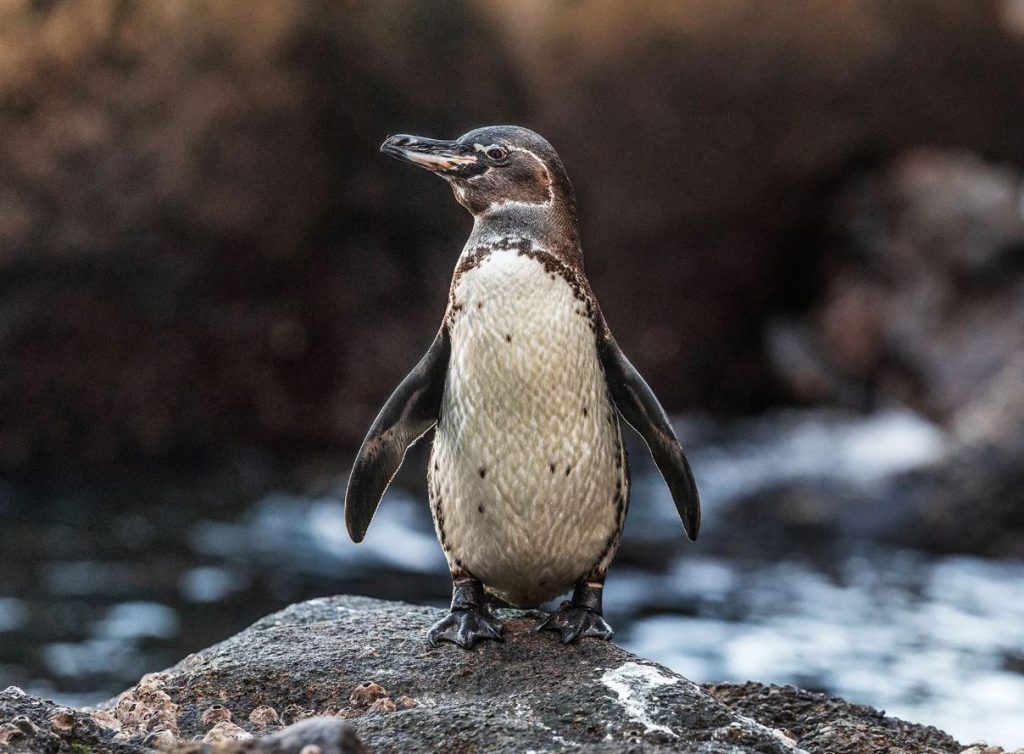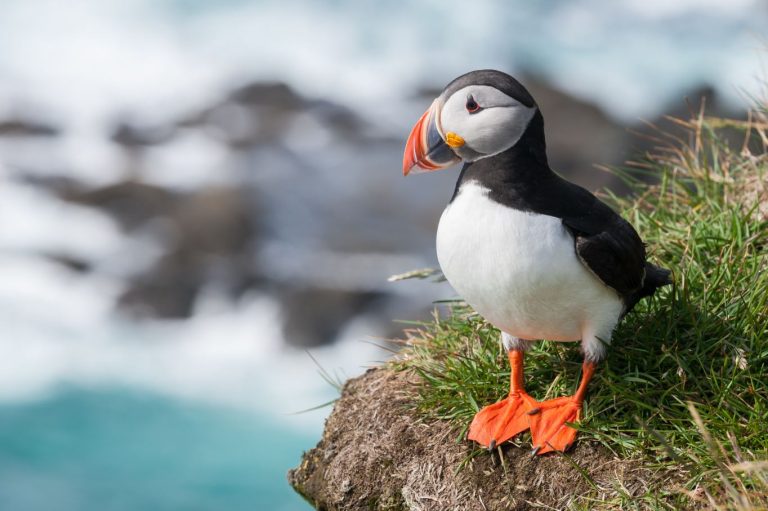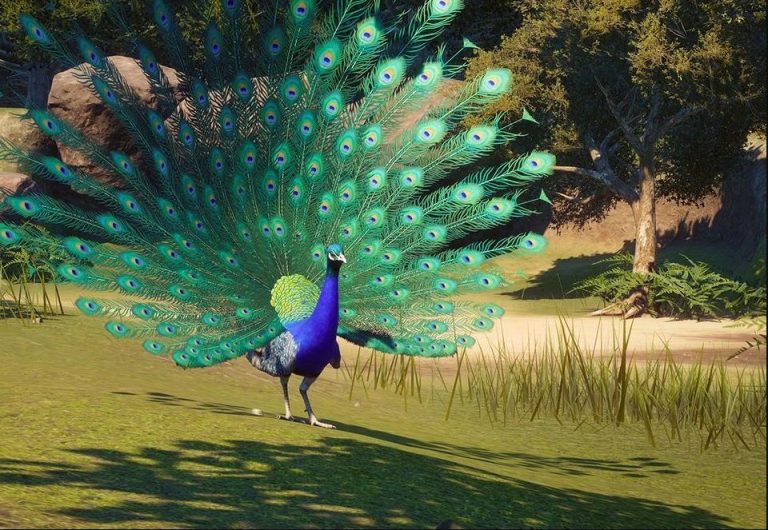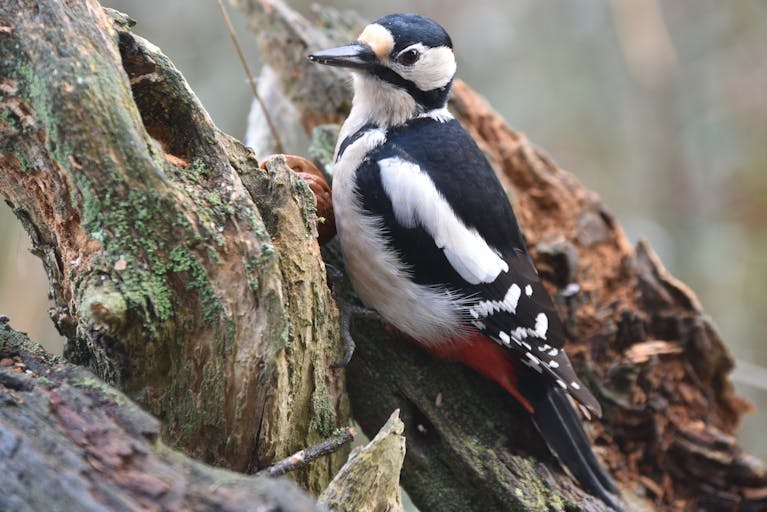Not Just the Ice! Exploring All the Places Penguins Call Home
When most people picture a penguin, they imagine it waddling across the icy plains of Antarctica. And while that image isn’t entirely wrong, it’s far from the whole story. As someone who’s spent over a decade observing birds across continents, I can tell you firsthand: penguins live in a surprisingly wide range of environments—from blistering hot deserts to lush coastal forests.
So, where do penguins live? In this article, I’ll take you on a journey across the globe to uncover the surprising range of habitats these flightless birds call home. We’ll explore their geographic distribution, the environments they’ve adapted to, and clear up some widespread misconceptions. Along the way, I’ll share observations from my own birdwatching experience, supported by findings from ornithological research and field studies.
Understanding Penguin Diversity
Before we dive into locations, it’s important to understand that there are 18 species of penguins—and not all of them live in cold places. In fact, only a few species actually call Antarctica home. Others inhabit coastal regions of South America, Africa, Australia, and even the Galápagos Islands, near the equator.
According to the International Union for Conservation of Nature (IUCN), penguins can be broadly divided into two habitat categories:
- Cold-climate penguins (e.g., Emperor, Adelie)
- Temperate-to-warm-climate penguins (e.g., African, Galápagos, Magellanic)
Let’s explore where each species lives—and what makes their homes unique.
Penguins of Antarctica: The Icy Heartland
Let’s begin with the most iconic penguin destination: Antarctica. This frigid continent is home to some of the largest and most well-adapted penguin species.
Emperor Penguins (Aptenodytes forsteri)
- Habitat: Sea ice around the Antarctic coast
- Notable Fact: They breed in the dead of winter, enduring temps as low as -60°F (-50°C).
- Range: Entirely endemic to Antarctica
As National Geographic notes, Emperor penguins are the tallest and heaviest of all penguins. They survive by huddling in massive colonies to conserve heat and by diving deep to hunt for fish, squid, and krill.
Adélie Penguins (Pygoscelis adeliae)
- Habitat: Rocky Antarctic coastlines and offshore islands
- Range: Primarily the Antarctic continent and nearby islands
Adélies are feisty little penguins, and I remember watching a group of them chase off a skua that got too close to their nest on Ross Island. They may be small, but they’re fiercely territorial.
Sub-Antarctic Species: Cold, But Not Frozen
Many penguin species live in sub-Antarctic islands, where temperatures are cold but not glacial.
King Penguins (Aptenodytes patagonicus)
- Habitat: Sub-Antarctic islands like South Georgia, Crozet, and the Falklands
- Notable Fact: Second largest penguin species
King penguins thrive in areas with abundant marine life. Their colorful plumage—especially that orange neck patch—is unmistakable. I once saw a colony of over 100,000 individuals on Salisbury Plain in South Georgia. The sound was deafening but beautiful.
Macaroni and Rockhopper Penguins
- Habitat: Rocky shores and cliff edges of sub-Antarctic islands
- Range: South Atlantic, South Indian, and South Pacific Oceans
Their wild hairstyles (feathery yellow crests) make them look like punk rockers. According to the Cornell Lab of Ornithology, macaroni penguins are among the most numerous species, with populations in the tens of millions.
South America: Home to Coastal Penguins
Moving northward, several species make their homes along the coasts of Chile, Argentina, and Peru.
Magellanic Penguins (Spheniscus magellanicus)
- Habitat: Coastal Argentina, Chile, and the Falkland Islands
- Range: Migrates as far north as Brazil in winter
Named after explorer Ferdinand Magellan, these penguins nest in burrows and are often seen sunning themselves on sandy beaches. They’re a common sight for birders visiting Punta Tombo in Argentina.
Humboldt Penguins (Spheniscus humboldti)
- Habitat: Peru and northern Chile
- Notable Fact: Named after the Humboldt Current
These penguins rely heavily on cold-water upwellings to bring nutrient-rich fish to the surface. I observed a breeding colony on Isla Choros in Chile, where they nest in rocky crevices to avoid the intense sun.
Africa: Penguins in the Heat?
Yes, you read that right. There are penguins in Africa—and they live in surprisingly warm conditions.
African Penguins (Spheniscus demersus)
- Habitat: Southwestern coast of Africa, primarily Namibia and South Africa
- Range: Coastal islands and beaches (e.g., Boulders Beach, Cape Town)
These are sometimes called “jackass penguins” because of their loud, braying call. The first time I heard it, I actually thought it was a donkey. Despite the heat, they thrive thanks to the Benguela Current, which brings cold ocean water to the surface. Their populations, however, are declining due to overfishing and oil spills.
According to BirdLife International, the African penguin is listed as Endangered, with numbers having dropped by more than 60% since the early 20th century.
Australia & New Zealand: Penguins Down Under
Both Australia and New Zealand are home to unique penguin species that often go unnoticed.
Little Blue Penguins (Eudyptula minor)
- Habitat: Southern coast of Australia and New Zealand
- Size: World’s smallest penguin (around 13 inches tall)
These pint-sized penguins come ashore at dusk in what locals call the “Penguin Parade,” particularly at Phillip Island, Victoria. I had the chance to witness it once—seeing those tiny figures waddle across the beach is a memory I’ll never forget.
Fiordland, Snares, and Yellow-Eyed Penguins
- Habitat: Temperate forests and coastal cliffs in New Zealand
- Notable Fact: Yellow-eyed penguins are among the rarest species on Earth
The Department of Conservation New Zealand notes that the yellow-eyed penguin is critically endangered, with fewer than 4,000 individuals remaining.
Galápagos Penguins: Near the Equator!
This might surprise you the most: there are penguins living on the equator!
Galápagos Penguin (Spheniscus mendiculus)
- Habitat: Galápagos Islands (primarily Fernandina and Isabela)
- Notable Fact: Only penguin species found north of the equator
Despite living in tropical conditions, Galápagos penguins survive thanks to the cold Humboldt and Cromwell Currents, which cool the surrounding waters and support rich marine life.
I vividly remember snorkeling off Isabela Island and having a Galápagos penguin zoom past me underwater. Their agility is astonishing.
Where Do Penguins Live? A Summary Table
| Species | Region | Climate | Habitat Type |
|---|---|---|---|
| Emperor | Antarctica | Polar | Sea Ice |
| Adélie | Antarctica | Polar | Rocky Coast |
| King | Sub-Antarctic | Cold-Temperate | Beaches, Tundra |
| Rockhopper | Sub-Antarctic | Cold | Cliff Edges |
| Magellanic | South America | Temperate | Coastal Burrows |
| African | Africa | Warm | Sandy Beaches |
| Little Blue | Australia/NZ | Temperate | Forested Coastlines |
| Galápagos | Ecuador | Tropical | Lava Rocks |
Why Penguins Don’t Live in the North
One of the most common questions I get is: “Why don’t penguins live in the Arctic?”
The answer comes down to evolution and food sources. Penguins evolved in the Southern Hemisphere and adapted to the cold waters of the Southern Ocean. Arctic environments are already home to strong avian predators like polar bears and Arctic foxes—penguins never had the evolutionary push to migrate north.
Conservation Note: Many Homes, Many Threats
Regardless of where they live, penguins face increasing threats from:
- Climate change (melting sea ice, changing ocean currents)
- Overfishing (declines in food sources like anchovies and krill)
- Oil spills and pollution
- Human disturbance
Organizations like the World Wildlife Fund (WWF) and Penguin Conservation International are working to monitor colonies, protect nesting grounds, and reduce human impact.
Final Thoughts: A Birdwatcher’s Dream
So, where do penguins live? From the ice sheets of Antarctica to the beaches of South Africa and the volcanic shores of the Galápagos, penguins are far more widespread—and fascinating—than most people think.
If you’re lucky enough to travel to any of these regions, keep your eyes peeled and your binoculars ready. Spotting penguins in their natural habitats is one of the greatest joys in birdwatching.
And who knows? Maybe your next beach trip will be graced by the black-and-white waddle of a penguin.

